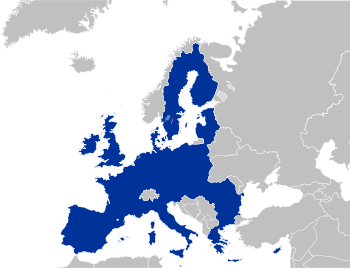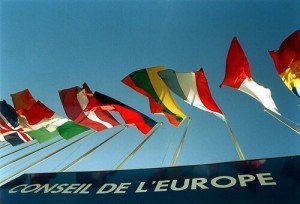
Trafficking in human beings takes place across Europe. Victims come from countries in Eastern Europe as well as further afield (such as Africa, South America and East Asia).
At the macro-level, the European Union and the Council of Europe are the organizations in charge of the fight against trafficking in human beings. In addition to the anti-trafficking Directive 2011/36/UE, of the 19th of June 2012, the European Commission adopted the Strategy towards the Eradication of Trafficking in Human Beings for 2012-2016 followed by the EU Strategy on Combatting Trafficking in Human Beings (2021-2025) in April 2021. This initiative provides for a comprehensive response to the crime – from preventing the crime, and protecting and empowering victims to bringing traffickers to justice. It focuses on:
- reducing demand that fosters trafficking
- breaking the business model of traffickers through effective operational means against the criminal business model, tackling the culture of impunity by building capacity for a robust criminal justice response, as well as the digital business model of traffickers
- protecting, supporting and empowering the victims with a specific focus on women and children
- promoting international cooperation
Since the social political context has changed significantly, following the adoption of the Directive and the Strategy, the Commission proposes a number of priority actions to intensify the EU’s efforts to prevent trafficking in human beings:
- Comprehensive response to combatting trafficking in human being
- Reducing demand that fosters trafficking;
- Breaking the criminal model to halt victims’ exploitation
- Protecting, supporting and empowering the victims, especially women and children
- Increase international cooperation
The Council of Europe Convention on Action against Trafficking in Human Beings, an international advanced tool for the protection of victims of trafficking. This tool has three main objectives, that include: the implementation of effective measures to prevent the phenomenon, the protection of the rights of victims and the promotion of international cooperation within the fight against criminal networks.

